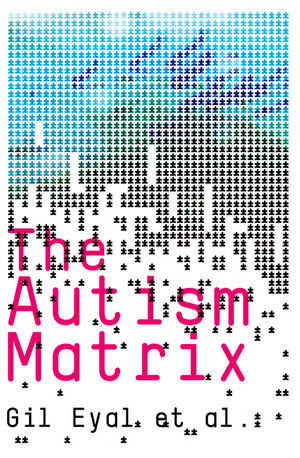The Autism MatrixISBN: 978-0-7456-4400-4
Paperback
240 pages
July 2010, Polity
 This is a Print-on-Demand title. It will be printed specifically to fill your order. Please allow an additional 10-15 days delivery time. The book is not returnable.
Other Available Formats: Hardcover
|
||||||
Why focus on therapies?
Between mental illness and mental retardation.
Chapter 1: The Puzzle of US States and International Variation in Autism Rates.
Diagnostic substitution.
Supply-side and demand-side explanations for diagnostic substitution.
Deinstitutionalization as key to explaining diagnostic substitution.
Deinstitutionalization and the variation in autism rates.
Chapter 2: The Feebleminded.
Chapter 3: The Surveillance of Childhood.
The unification of mental deficiency and mental hygiene under child psychiatry.
The role of the middle class family.
The institutionalization of children as part of a comprehensive surveillance system.
Chapter 4: Deinstitutionalization.
A new look at the deinstitutionalization of the retarded.
The middle class family and the "valorization of retarded existence".
Chapter 5: "An existence as close to the normal as possible": Normalization.
Normalization as therapeutic practice.
Behavior modification and normalization.
Chapter 6: Childhood Schizophrenia.
Chapter 7: The Rise of the Therapies.
Autism therapies in the 1950s and 1960s.
Working on the child's brain.
Inculcating habits and building skills.
Fuzzifying the boundary between expert and layman.
The space between fields.
Chapter 8: Rimland and the Formation of NSAC.
The problem of credibility.
Schopler and the new economy of blame and worth.
The implications of behavioral therapy.
Conclusion.
Chapter 9: The Atypical Children.
The struggle over inclusion in the developmental disabilities act: Autism as analogous with mental retardation.
"Items of autistic behavior": Autism as concurrent with mental retardation.
Looping and the transformation of autism.
Chapter 10: Asperger and Neurodiversity.
The riddle of simultaneous discovery dissolved.
"Personality trait" vs. "psychotic process".
Twins reunited.
Loops of self-advocacy.
Chapter11: The space of autism therapies and the making and remaking of the Spectrum.
The Return of Rimland.
The agonistic network.
Fuzzifying the boundary between medicine and alternative medicine.
The space of autism therapies.
Conclusion.



